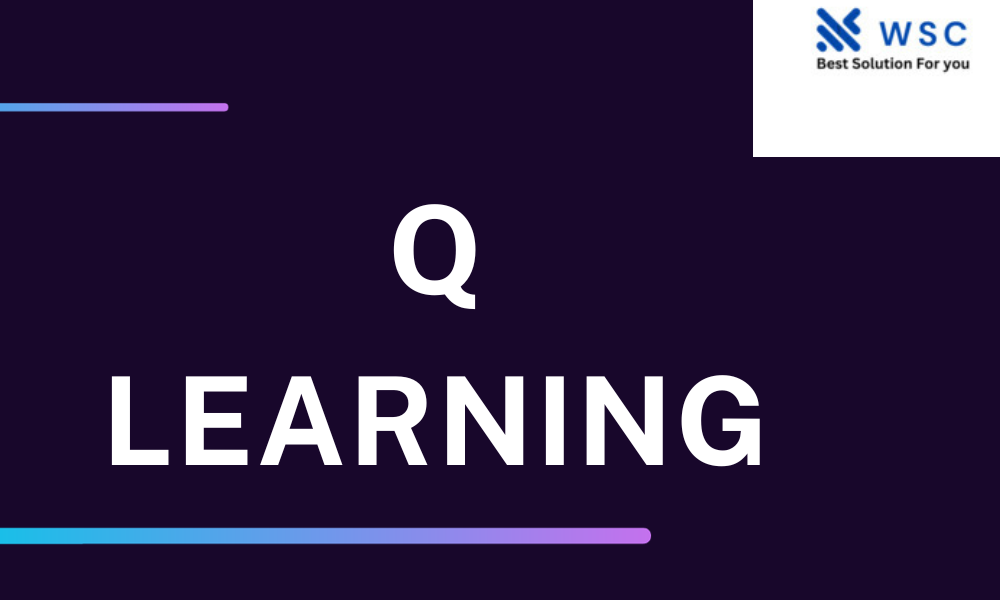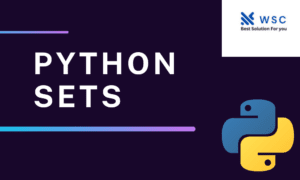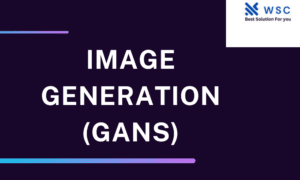Introduction
In the ever-evolving landscape of artificial intelligence, one technique has stood the test of time and continues to play a pivotal role in machine learning – Q-Learning. At the intersection of reinforcement learning and artificial intelligence, Reinforcement Learning has proven to be a powerful tool for training intelligent agents to make optimal decisions in dynamic environments. In this article, we delve deep into the intricacies of Q-Learning in artificial intelligence, exploring its concepts, applications, and the impact it has had on the field.
Understanding Q-Learning
What is Q-Learning?
Q-Learning, short for “Quality Learning,” is a model-free reinforcement learning algorithm that aims to find the optimal action-selection policy for a given Markov decision process. Developed by Christopher Watkins in 1989, this technique has since become a cornerstone in the field of artificial intelligence.
How Does Q-Learning Work?
At its core, Q-Learning relies on a Q-table, where the algorithm stores the expected cumulative rewards for each possible action in a given state. The Q-value for a state-action pair represents the expected return if that action is taken from that state and onwards. The algorithm iteratively updates these Q-values based on the rewards received and the transition probabilities between states.
Exploration vs. Exploitation
One of the key challenges in reinforcement learning, including Q-Learning, is striking a balance between exploration and exploitation. Agents must explore various actions to discover optimal strategies while also exploiting known information to maximize rewards. Reinforcement Learning addresses this by introducing an exploration factor, often denoted as epsilon (ε), which determines the probability of taking a random action instead of the one with the highest Q-value.
Applications of Q-Learning
Game Playing
Q-Learning has been widely used in the world of gaming and sports. From teaching AI agents to play classic video games like Pac-Man to training robots to excel in table tennis, the versatility of Learning in optimizing game strategies is remarkable.
Autonomous Vehicles
In the realm of self-driving cars, Q-Learning has proven invaluable. These vehicles use Q Learning algorithms to make real-time decisions on navigating complex road environments, ensuring safety and efficiency.
Healthcare
In the healthcare sector, Q-Learning assists in optimizing treatment plans for patients. Medical professionals can use Q-Learning to determine the most effective therapies, minimizing adverse effects and maximizing patient outcomes.
Finance and Stock Market
Q-Learning is also making waves in the financial industry. Traders and investors employ Q-Learning to develop algorithms that make data-driven decisions in buying and selling stocks, ultimately optimizing their portfolios.
Challenges and Future Directions
While Q-Learning has showcased its prowess in various applications, it’s not without its challenges. One notable limitation is its sensitivity to large state spaces, which can make it computationally expensive. Researchers are actively exploring techniques to address these challenges, such as deep Q-Learning and model-based reinforcement learning.
import gym
import numpy as np
# Create the environment
env = gym.make('Taxi-v3')
# Initialize Q-table with zeros
num_states = env.observation_space.n
num_actions = env.action_space.n
Q = np.zeros((num_states, num_actions))
# Hyperparameters
learning_rate = 0.8
discount_factor = 0.95
num_episodes = 1000
for episode in range(num_episodes):
state = env.reset()
done = False
while not done:
# Choose an action using epsilon-greedy policy
if np.random.rand() < 0.3:
action = env.action_space.sample() # Explore
else:
action = np.argmax(Q[state, :]) # Exploit
# Take the chosen action and observe the next state and reward
next_state, reward, done, _ = env.step(action)
# Update the Q-value using the Q-learning formula
Q[state, action] = (1 - learning_rate) * Q[state, action] + \
learning_rate * (reward + discount_factor * np.max(Q[next_state, :]))
state = next_state
# After training, you can use the Q-table to make optimal decisions in the environment
# For example, to run a trained agent for one episode:
state = env.reset()
done = False
while not done:
action = np.argmax(Q[state, :])
next_state, _, done, _ = env.step(action)
env.render()
state = next_state
env.close()
Conclusion
In the ever-evolving landscape of artificial intelligence, Q-Learning has proven to be a powerful tool. Its ability to find optimal strategies in dynamic environments has applications ranging from gaming to healthcare and finance. As we continue to delve deeper into the world of reinforcement learning, Q-Learning stands as a testament to the remarkable progress we’ve made in the field. So, whether you’re a seasoned AI enthusiast or just beginning your journey, understanding Q-Learning is a critical step toward harnessing the full potential of artificial intelligence.
Check our tools website Word count
Check our tools website check More tutorial




